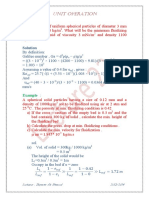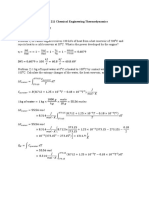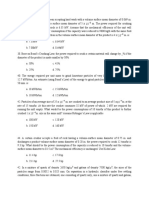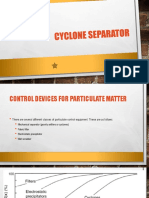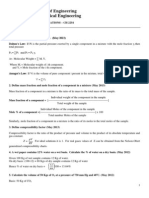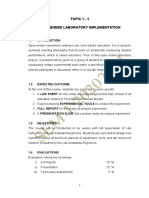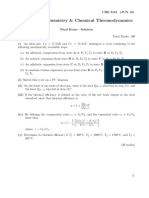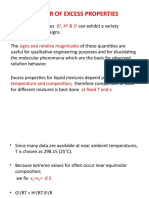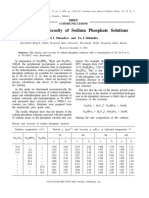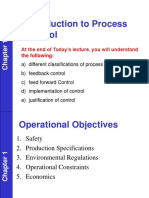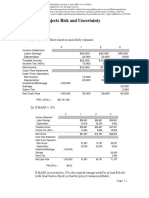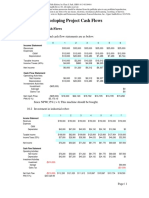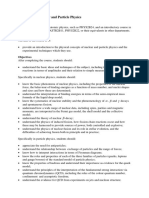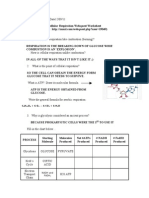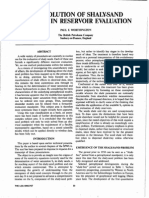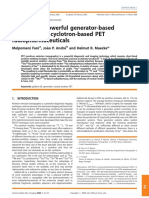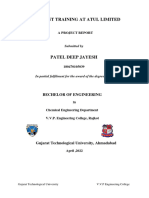0% found this document useful (0 votes)
364 views24 pagesFlash Calculation: Seader
This document discusses flash calculation procedures for vapor-liquid equilibrium. It provides:
1) Definitions of adiabatic and isothermal flashing processes where a feed partially vaporizes upon a change in pressure or temperature.
2) The general mass and phase equilibrium equations used to solve flash calculations through an iterative process of guessing the vapor-liquid split until component balances are satisfied.
3) Steps for determining if flashing will occur based on comparing the feed pressure to bubble point and dew point pressures.
4) An example flash calculation problem and solution for an ideal multi-component system.
Uploaded by
aaaCopyright
© © All Rights Reserved
We take content rights seriously. If you suspect this is your content, claim it here.
Available Formats
Download as PDF, TXT or read online on Scribd
0% found this document useful (0 votes)
364 views24 pagesFlash Calculation: Seader
This document discusses flash calculation procedures for vapor-liquid equilibrium. It provides:
1) Definitions of adiabatic and isothermal flashing processes where a feed partially vaporizes upon a change in pressure or temperature.
2) The general mass and phase equilibrium equations used to solve flash calculations through an iterative process of guessing the vapor-liquid split until component balances are satisfied.
3) Steps for determining if flashing will occur based on comparing the feed pressure to bubble point and dew point pressures.
4) An example flash calculation problem and solution for an ideal multi-component system.
Uploaded by
aaaCopyright
© © All Rights Reserved
We take content rights seriously. If you suspect this is your content, claim it here.
Available Formats
Download as PDF, TXT or read online on Scribd
/ 24




